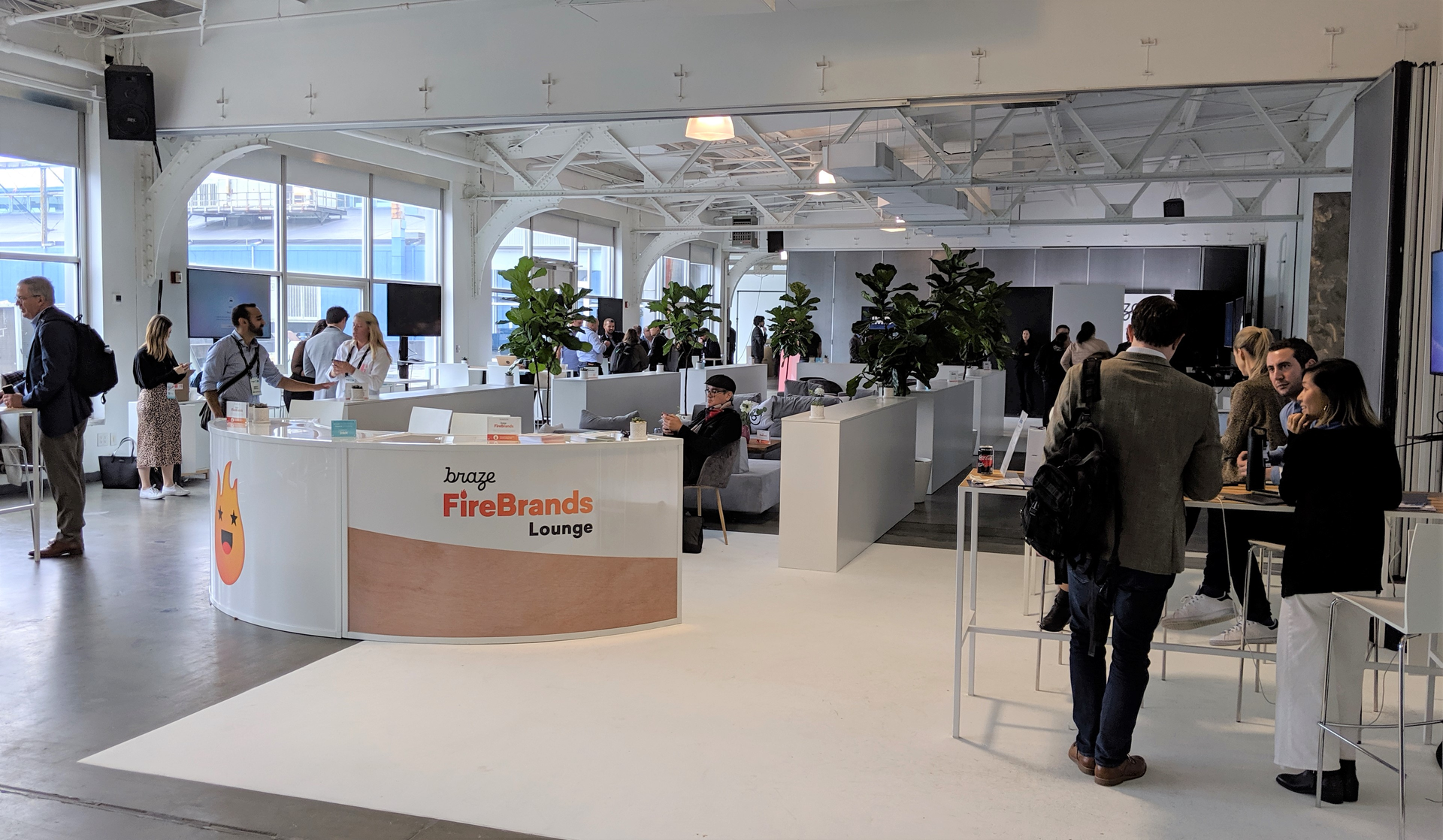Every marketer can tap into their inner consumer and ask important questions about the effects their marketing tactics have on their customers. Am I sending too many emails? Would texts work better? Which customers want to get more involved, buy more? Which ones are on their way out? Can they be saved?
At a bare minimum, an omnichannel approach is required. Just as customers have different needs for the products they purchase, they have different behaviors across multiple channels. How will you ever be able to understand the conversation your brand is having with a customer if you can’t hold all parts of the conversation together in a coherent way?
I spoke with Sara Spivey, CMO for customer engagement platform Braze, about the increased complexity – from data and channel standpoints – that this omnichannel situation poses to marketers. Spivey advocates a “channel agnostic” view.
She wants to help her clients avoid, at all cost, the nerve-wracking case where a customer receives an email and then gets a push notification five minutes later. The customer doesn’t care that these messages came over two different channels. Either way, the brand risks being annoying. The more channel-agnostic a customer is, the more important it is for a marketer to take responsibility for messages across all channels.
Leveraging predictive data
The moves Braze is making offer insight into the increasingly complex set of challenges marketers face.
Braze has expanded their Alloys Partner Program to include more than 40 additional partners, bringing to total close to 100. Agencies like Ogilvy and Digitas are among those who have recently signed on, opening up the potential for brands to use Braze to help with their creative campaigns.
This week, Braze brought together some 700 clients in New York at their Braze LTR19 event to discuss the offerings and partnerships that aim at better management over cross-channel customer messaging.
They announced a new Predictive Suite rolling out, with a customer churn predictive tool as the first product available in that lineup. Braze also announced channel expansion and frequency capping as two other new products for clients.
In the ongoing dialogue with Braze’s clients, Spivey said their expectations are focused around “data agility” – how data is used and integrated. “Our customers are expecting better interfaces, and better connectivity [from other tools they use] with our solutions,” she stated.
They also want to know how to get more predictive with consumers. This is the rationale behind customer churn prediction tool.
“What should we do about it when the customer appears disengaged?” Spivey asked. “For instance, when they turn push notifications off, that can be predictive of moving on. What can [marketers] do about that?”
A lot depends on the last interaction the brand had with the customer, and the predictive tool pulls this together from multiple data points.
“Early customers on beta have seen interesting results in terms of lift and engagement,” Spivey said. “They find that they’re keeping customers loyal to their brand.”
Additionally, Braze’s new frequency capping allows users to set frequency levels for messages with up to 10 different rules per group of customers, across channels. Or, marketers can curb opt-out rates by putting a cap on messages by channel, limiting messaging to just three channels for instance.
Ever-expanding channels
But even though control over customer engagement can mean pulling back, Braze also continues to expand the channels included in its platform.
They’ve become the first customer platform to partner with AMP for Email, allowing Braze users to deploy highly interactive emails directly from their platform. They also added direct mail, so brands who use this traditionally offline channel can pull that data in with their efforts on digital channels.
“Customer experience is disjointed,” explained Spivey. “Marketers want it all together. They want to know how to make their customer engagement channel-agnostic. Braze is really tying these things together, which makes us unique. We’re very channel-aware and that prohibits our clients from doing dumb things.”
Braze boasts clients that are premium publishers, including HBO and The Skimm.
Publisher Mammoth Media has grown exclusively through mobile apps over the last four years. Their first app, Wishbone, has 30 million downloads.
Mammoth’s CEO and founder Benoit Vatere told me he first became a user of Braze’s platform for push notifications, early in Wishbone’s launch. A good many who use the polling app are girls ages 12 to 14, and management of data around push helps notify users at optimal times, for instance after school hours or on the weekends.
“When you look at monetization and engagement, people with push notifications are always stronger,” said Vatere.
He’s also taking advantage of Braze’s SMS channel expansion.
“We use our own segmentation, then push that out [through the Braze platform],” Vatere explained.
He added that mobile app developers have to look carefully at their SMS strategy because texts can be very expensive, especially when a particular app catches on and the publisher doesn’t yet have resources at that scale.








